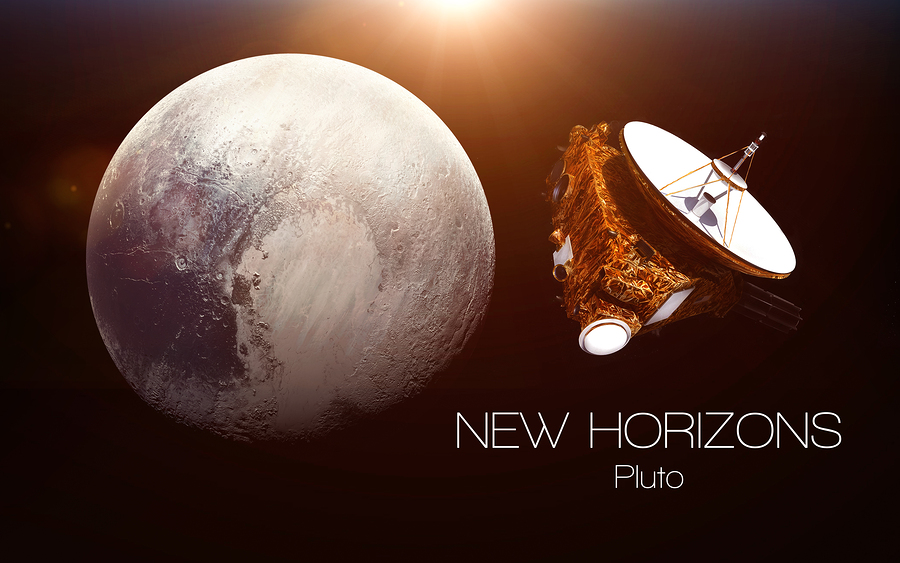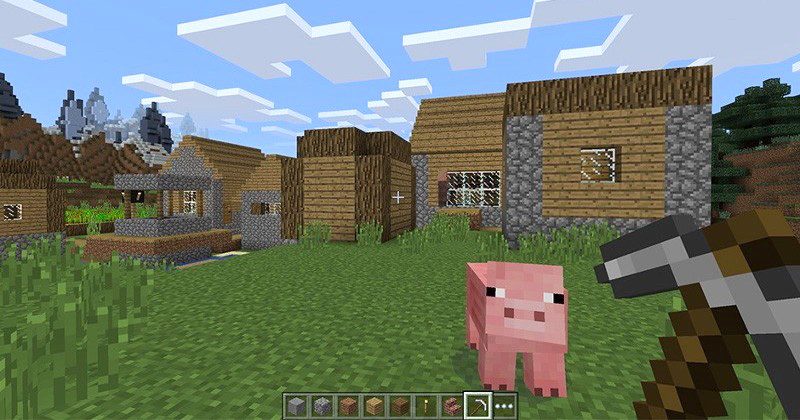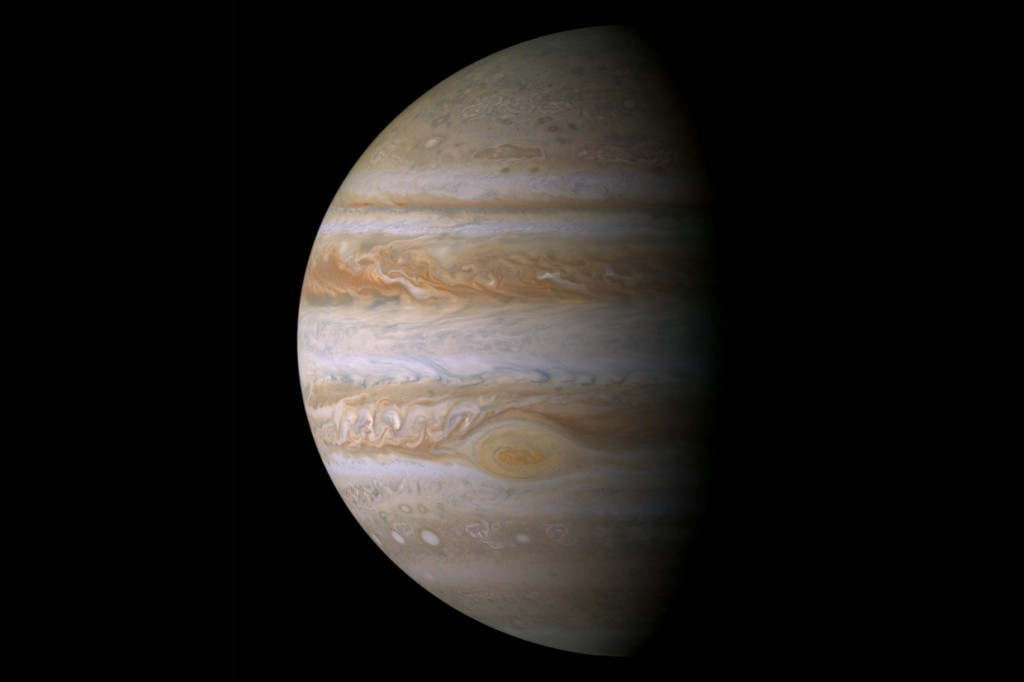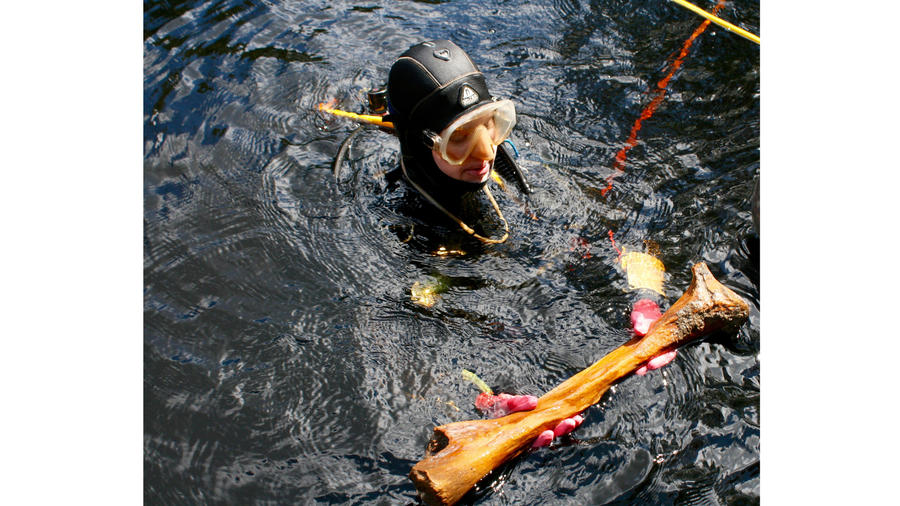The National Aeronautics and Space Administration (NASA) announced last week the space probe, New Horizons, has made observations of an object in the Kuiper Belt, some 3 billion miles from the sun, according to csmonitor.com.
The space probe, which made its historic flyby of Pluto last year, was able to use a Long-Range Reconnaissance Imager to take pictures of what is known as a Kuiper Belt Object (KBO), in this case, identified as 1994 JR1. The probe last took images of the KBO when it was 170 million miles away at the end of last year, which was then the record for closest image of a KBO. The new images were taken from a mere 69 million miles from the object on April 6th and 7th.
The two observations, combined with the 2015 data, allowed scientists to determine a more complete assessment of the location of 1994 JR1, accurate to about 600 miles, said New Horizons team member Simon Porter.
The images enabled the research team to determine the minor planet has a rotation of about 5.4 hours, significantly shorter than the 6.4 days Pluto, its neighbor, takes to complete a daily rotation. Team member John Spencer noted that was relatively fast for a KBO.
New Horizons, on its path into space, could record data from as many as 20 other KBOs, and the research team said this new information was good to have in preparation for observations of those other objects along the path. The probe is expected to fly much closer to some of the other KBOs and perhaps even sharper images can be taken.
The mission is the first of the agency’s New Frontiers program, and will continue to send data back to Earth from its flyby of Pluto, while headed to the KBO 2014 MU69, which it is estimated to reach in January of 2019.
The team has submitted a proposal to NASA to extend the mission through 2021, and that could allow the probe to image an additional two billion miles of deep space toward the end of our solar system.
“This is all part of the excitement of exploring new places and seeing things never seen before,” Spencer added.










